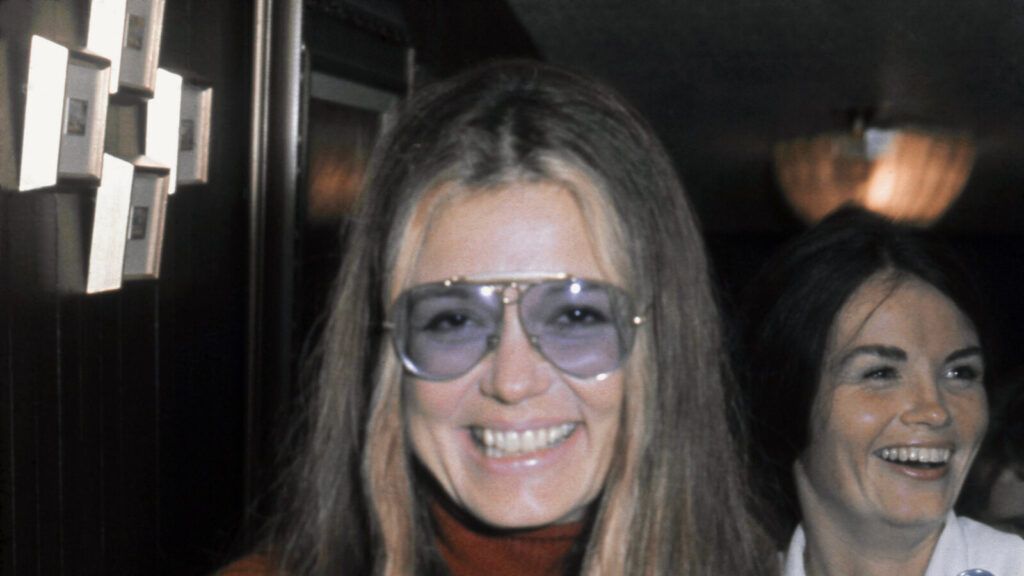
A reader wonders whether her clothing choices help uphold rigid beauty standards for women.
As a 20-something woman who considers herself a feminist, I can’t help but wonder how my fashion choices contribute to the rigid beauty standards for women. Putting on a cute outfit or a bright lipstick seems harmless, but what about foundation, contour and shapewear? By choosing to wear items that conceal my flaws, am I upholding the unrealistic expectation that every woman has to look flawless in order to be considered beautiful? — Maya, Santa Rosa, Calif.
This is a complicated question, but for me feminism is largely about choice: the power for women to make their own choices over their lives, bodies and future. And to decide who they want to be and how they want to look to communicate that identity to the world.
Fashion thus becomes a tool of feminism because it is one of the prime means we have of self-expression. And I am not talking about Maria Grazia Chiuri’s famous (and famously silly) Dior T-shirt blaring the Chimamanda Ngozi Adichie quote, “We Should All Be Feminists.”
I am talking about the fact that if wearing a certain outfit, even if it is classically “feminine” (pink, flowery, frilly), or if using makeup is your choice, rather than someone else’s choice that had been imposed upon you, it can be a feminist act.
The important thing is that you make that decision to please yourself rather than some received social convention. That you think about why you want to wear a garment, or a slash of red lipstick, instead of simply tossing it on: Is it about concealing your flaws or making you feel secure and confident enough to go forth and face the world? Those two impulses may sound similar, but between the two is an ocean of motivational difference.
When people tell me (as they sometimes do, especially men) that they never think about fashion, they say that because they worry that thinking about clothes or makeup makes them appear frivolous. But not thinking about these two universal subjects — why you make the daily choices you do — is actually ceding agency to often outdated strictures. And that is the truly nonfeminist act. There’s a reason Gloria Steinem never claimed she didn’t think about clothes.
Instead, she told Lena Dunham that her signature look — jeans, belted at the hip, a turtleneck and a pendant — was her “power outfit.” Alicia Keys said she felt empowered when she decided to go barefaced. When Michelle Obama became first lady and chose not to wear the usual brightly colored skirt-suit or pantsuit in her public appearances, often opting instead for A-line dresses, she was making a major statement about what power looked like. She essentially reclaimed those silhouettes, often associated with 1950s housewives, and gave them new context.
The point is that there’s no blanket rule to follow, other than your own gut. Well, except for one: Whatever you choose, it should not cause pain or limit you in any way. (Hobble skirts, for example, are best left in the dustbin of history.) But ultimately, the more individual and varied we look, the more options available to everyone for how they choose to engage with the world, the more liberated we all will be.
So the question for you is, “Do your choices make you feel strong and like the best versions of you?” Because in those feelings, real beauty lies.
Your Style Questions, Answered
Every week on Open Thread, Vanessa will answer a reader’s fashion-related question, which you can send to her anytime via email or Twitter. Questions are edited and condensed.

